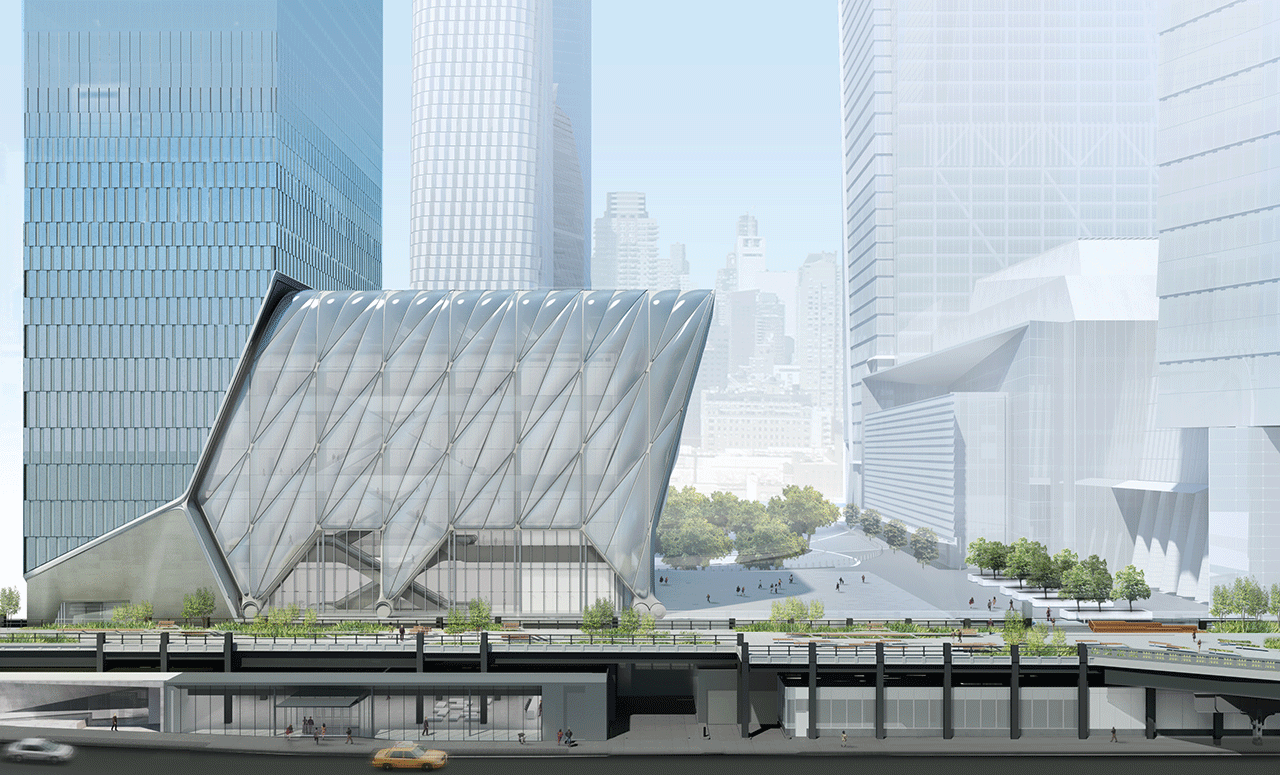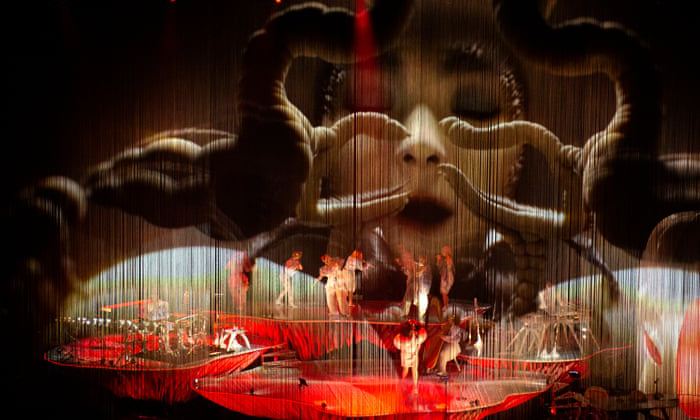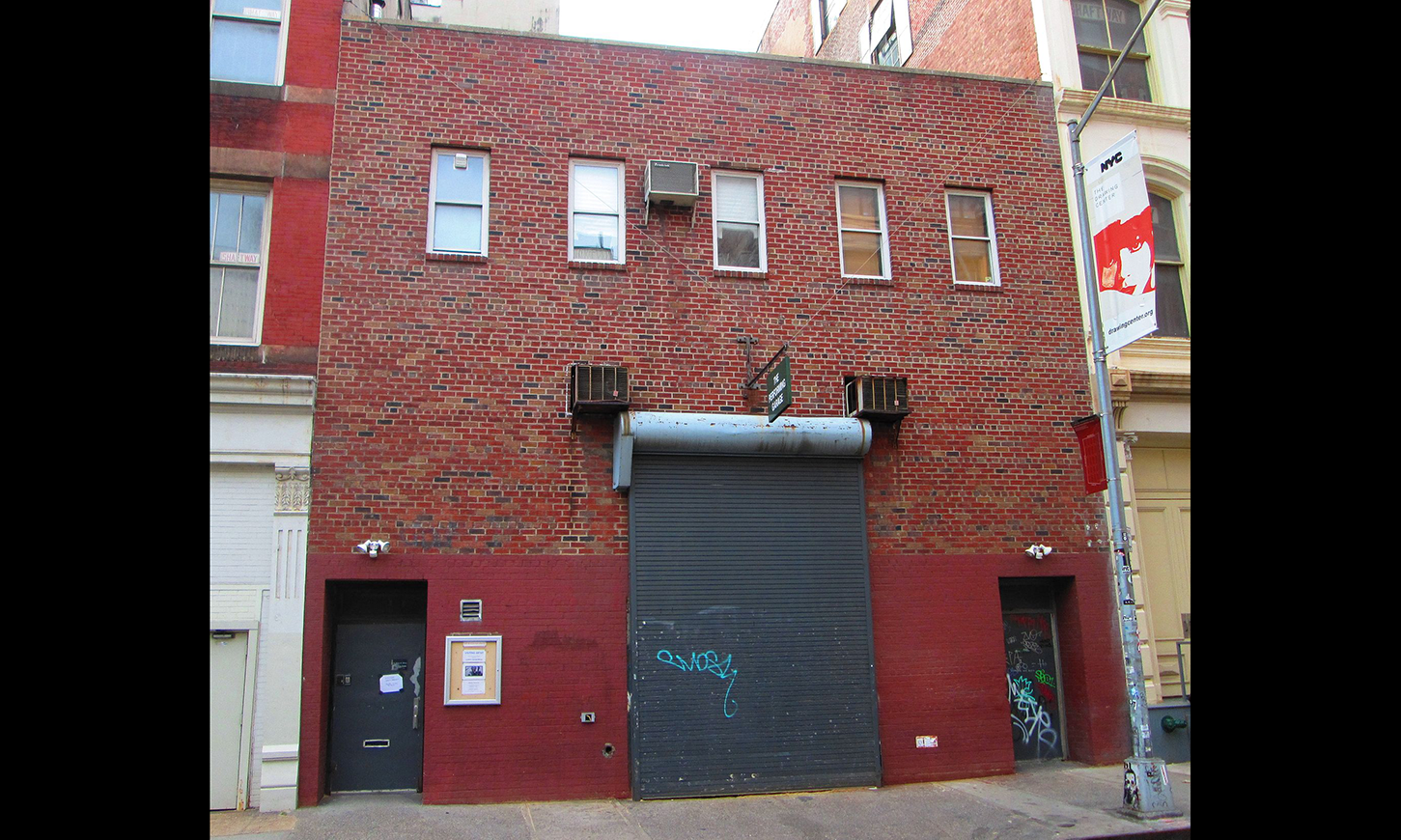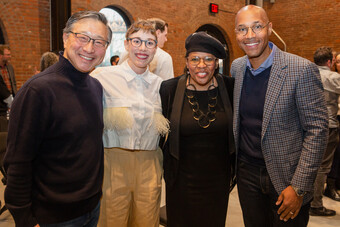There is an area of New York City that I have had to visit only a handful of times in the few years I’ve lived here. Located between 30th and 36th Streets between 10th and 11th Avenues, this rail yard is basically as far west as you can go on the Manhattan Isle without leaving Midtown. It is in this area that the Megabus picks you up to take you out of the city. The Jacob K. Javits Convention Center sits quietly nearby awaiting the next hoard of [fill in the blank] superfans ready to geek out over the subset of culture they most love. Only one train line takes you directly to this neighborhood, or else you can walk for fifteen minutes from Penn Station or likely take a bus. Needless to say, tourism there has historically been different from tourism in more centrally located midtown destinations like Times Square. But now, after more than a decade of urban planning, these old railway yards have undergone a city-approved, rite-of-passage rebranding to become Hudson Yards, the newest place to live, work, and socialize.
One of the focal points of this development is a new building called the Shed. A state-of-the-art arts complex, its mission is simple: “The Shed commissions original works of art, across all disciplines, for all audiences.” The mission is generic, but new institutions often start that way. Their programming to date is intriguing: a commissioned concert residency from Icelandic Artpop queen Björk, a new work by Anne Carson equating Marilyn Monroe with Helen of Troy, and a show featuring the street dancers of FlexNYC. To top it all off, the Shed also commissions “artists based in New York City who have not yet received major institutional support” through a program called Open Call.











Comments
The article is just the start of the conversation—we want to know what you think about this subject, too! HowlRound is a space for knowledge-sharing, and we welcome spirited, thoughtful, and on-topic dialogue. Find our full comments policy here